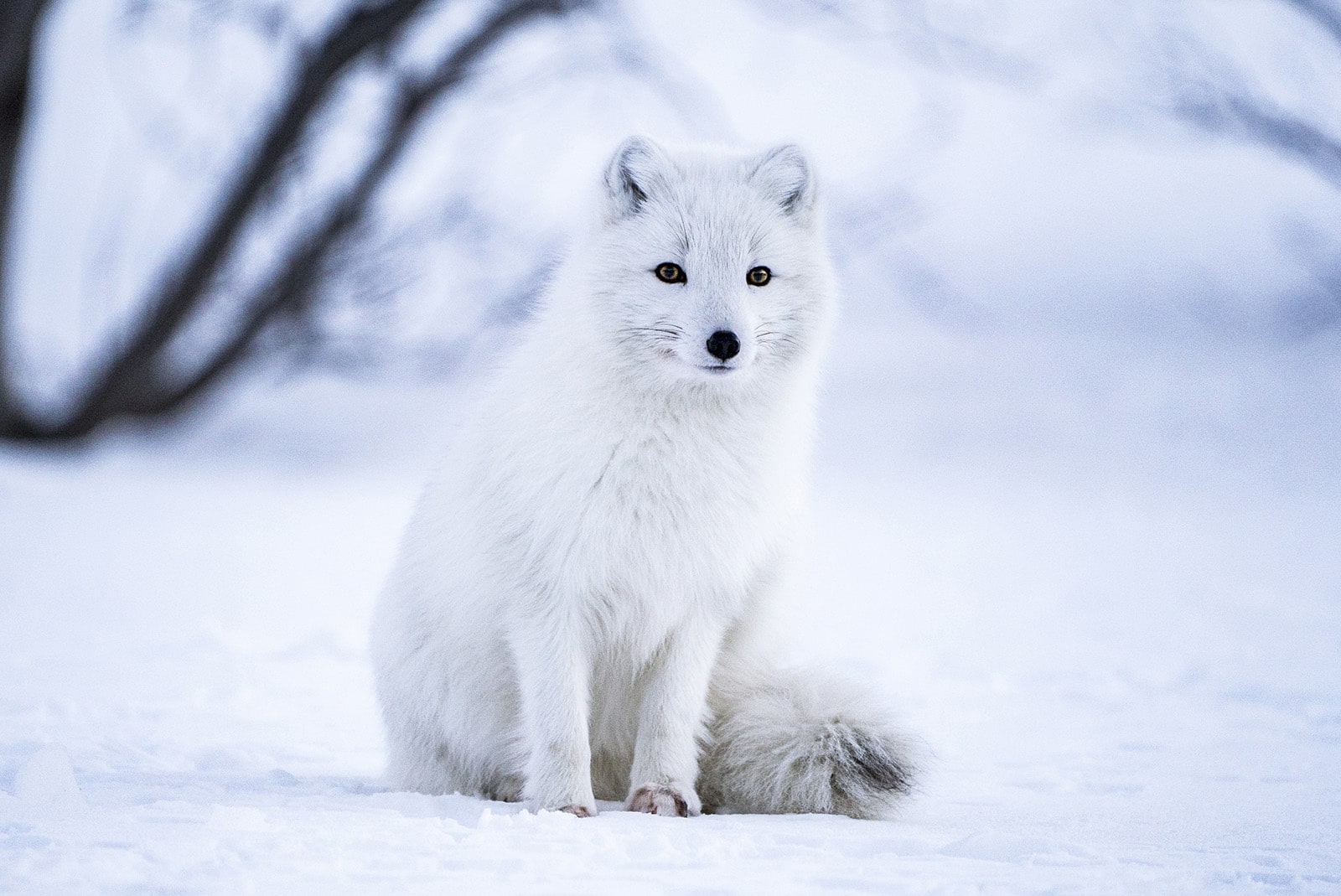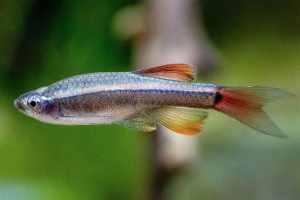
22 interesting facts about arctic foxes
- 👁️ 1121
The arctic fox, a captivating species native to the Arctic regions, is well-adapted to survive in extreme cold and harsh environments. Known for its beautiful white fur and bushy tail, the arctic fox exhibits fascinating characteristics and behaviors. From its remarkable camouflage to its ability to withstand freezing temperatures, the arctic fox is a true marvel of nature. Here are several intriguing facts about the arctic fox:
- The arctic fox, also known as the polar fox or snow fox, is scientifically named Vulpes lagopus.
- It is the smallest member of the Canidae family and is found in the Arctic regions of North America, Europe, and Asia.
- The fur of the arctic fox changes color with the seasons, transitioning from white in winter to brown or grayish-brown in summer to blend in with its surroundings.
- The dense fur of the arctic fox provides excellent insulation, allowing it to withstand temperatures as low as -58°F (-50°C).
- Arctic foxes have furry paws and short ears, which help reduce heat loss and protect them from the cold.
- They have a remarkable sense of hearing, which allows them to detect the movement of prey under thick snow cover.
- The arctic fox has a keen sense of smell, which helps it locate buried food and detect predators.
- Arctic foxes are opportunistic predators and scavengers, feeding on small mammals, birds, eggs, fish, carrion, and even berries.
- They have a specialized hunting technique called “mousing,” where they listen for the sounds made by rodents under the snow and pounce to catch them.
- The arctic fox has a remarkable ability to store excess food by burying it in shallow holes, creating a “food cache” for later consumption.
- Female arctic foxes have the ability to delay the implantation of fertilized eggs, allowing them to time the birth of their offspring with the availability of food.
- They have an exceptional sense of direction and can navigate long distances in search of food and suitable den sites.
- The dens of arctic foxes are complex underground burrows, which they use for shelter, protection, and raising their young.
- The arctic fox undergoes a change in behavior and appearance during the breeding season, with males becoming more territorial and aggressive, and both sexes developing thicker, more luxurious fur.
- Arctic foxes are known for their playful nature, engaging in games and interactions with other members of their family.
- The lifespan of an arctic fox in the wild is typically around 3-6 years, although some have been known to live up to 10 years.
- The arctic fox is an excellent swimmer, using its thick fur as insulation and its paddle-like feet to navigate through water.
- In times of food scarcity, arctic foxes have been observed following polar bears to scavenge on the remains of their kills.
- They have a remarkable ability to survive in the barren Arctic tundra, where few other mammals can thrive.
- Arctic foxes have been known to travel great distances, sometimes covering over 1,500 miles (2,400 kilometers) in search of food.
- The arctic fox is not a threatened species and is listed as one of “least concern” by the International Union for Conservation of Nature (IUCN).
- Climate change poses a significant threat to the arctic fox population, as it affects the availability of snow cover and impacts their camouflage and hunting abilities.
The arctic fox is a captivating creature with remarkable adaptations that enable it to thrive in one of the harshest environments on Earth. From its ability to change fur color to its unique hunting techniques, the arctic fox is a true testament to the resilience and beauty of nature. As we continue to understand and appreciate the wonders of the arctic fox, it is crucial to prioritize conservation efforts and address the challenges posed by climate change to ensure the survival of this remarkable species.











